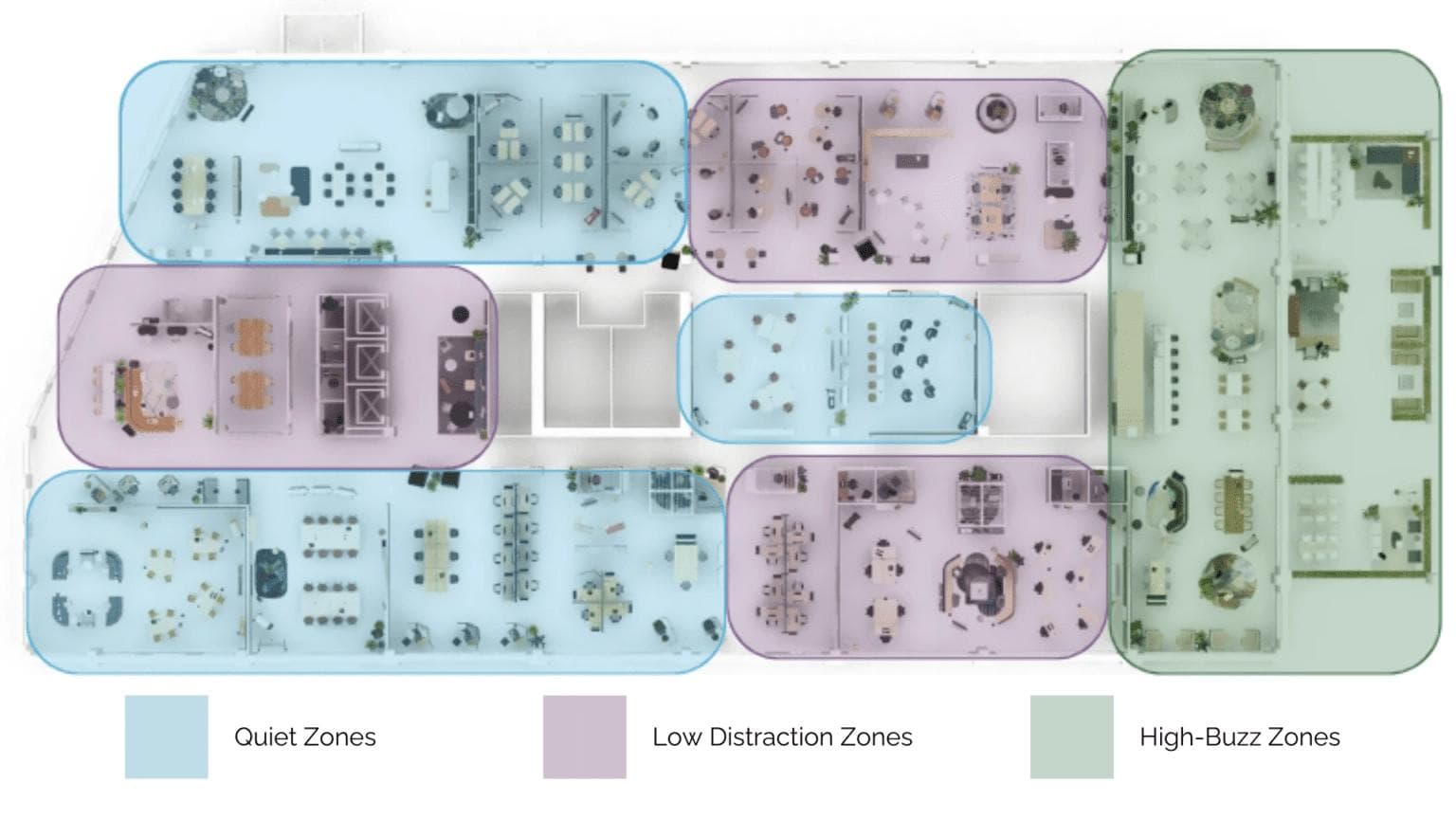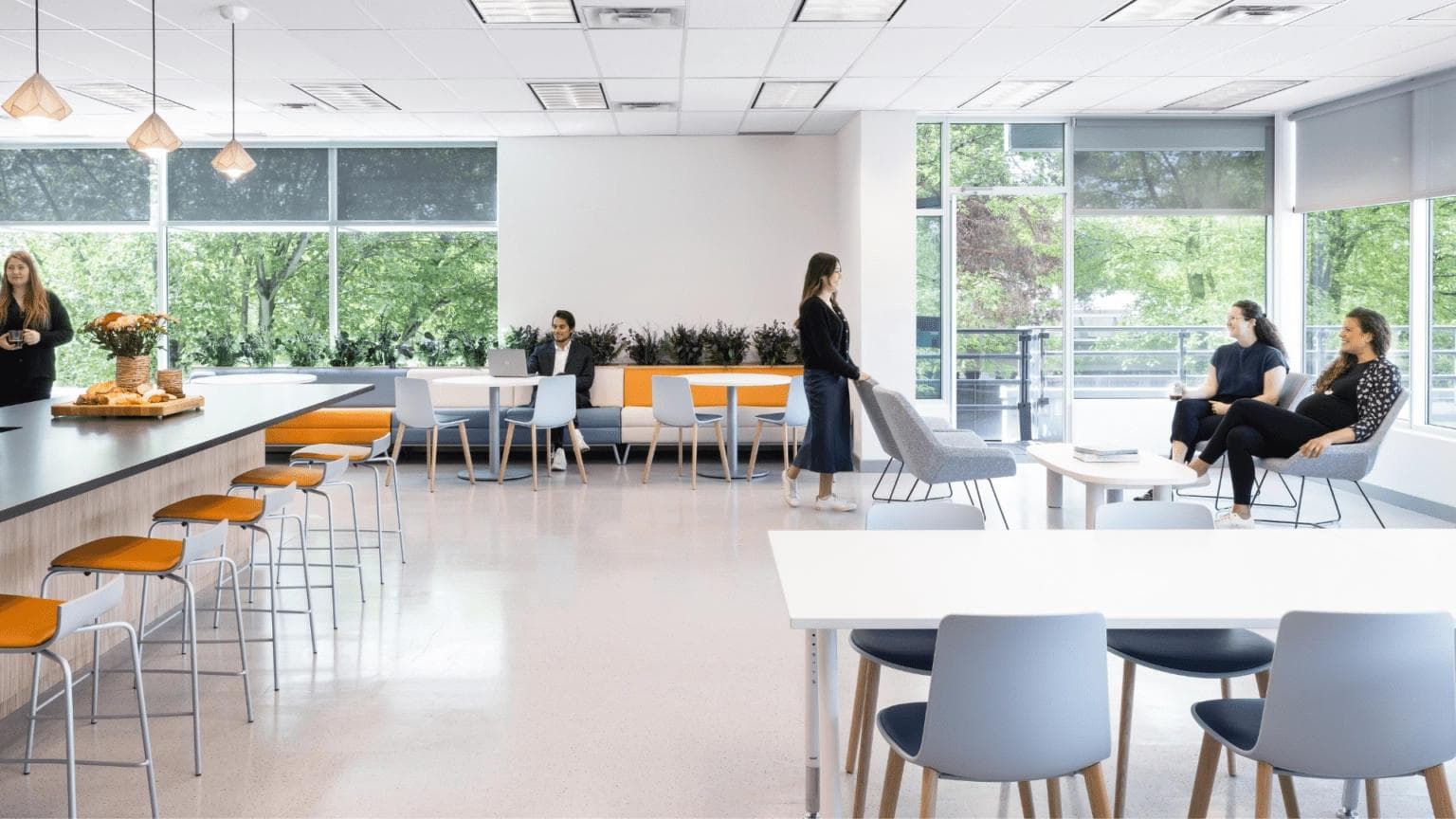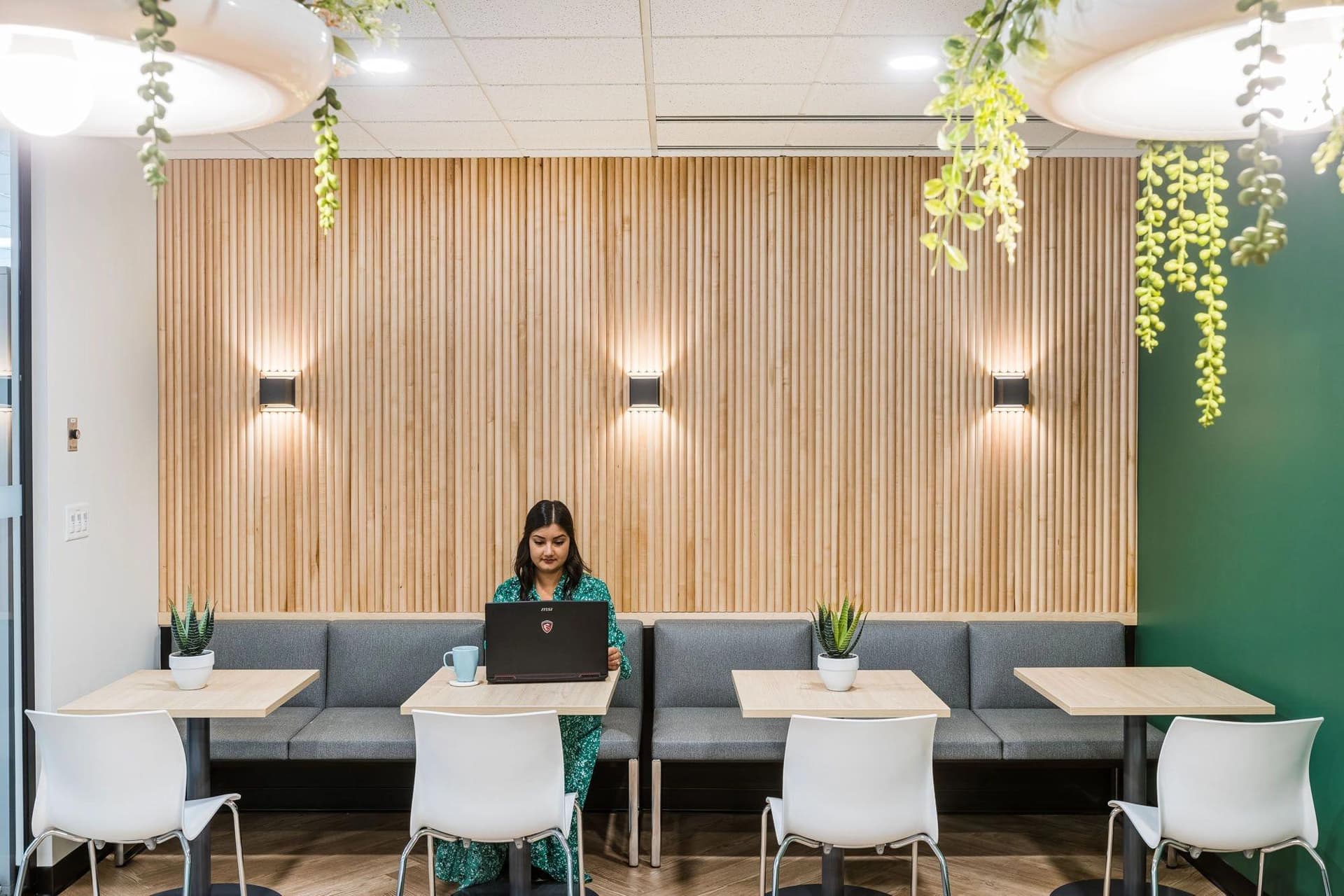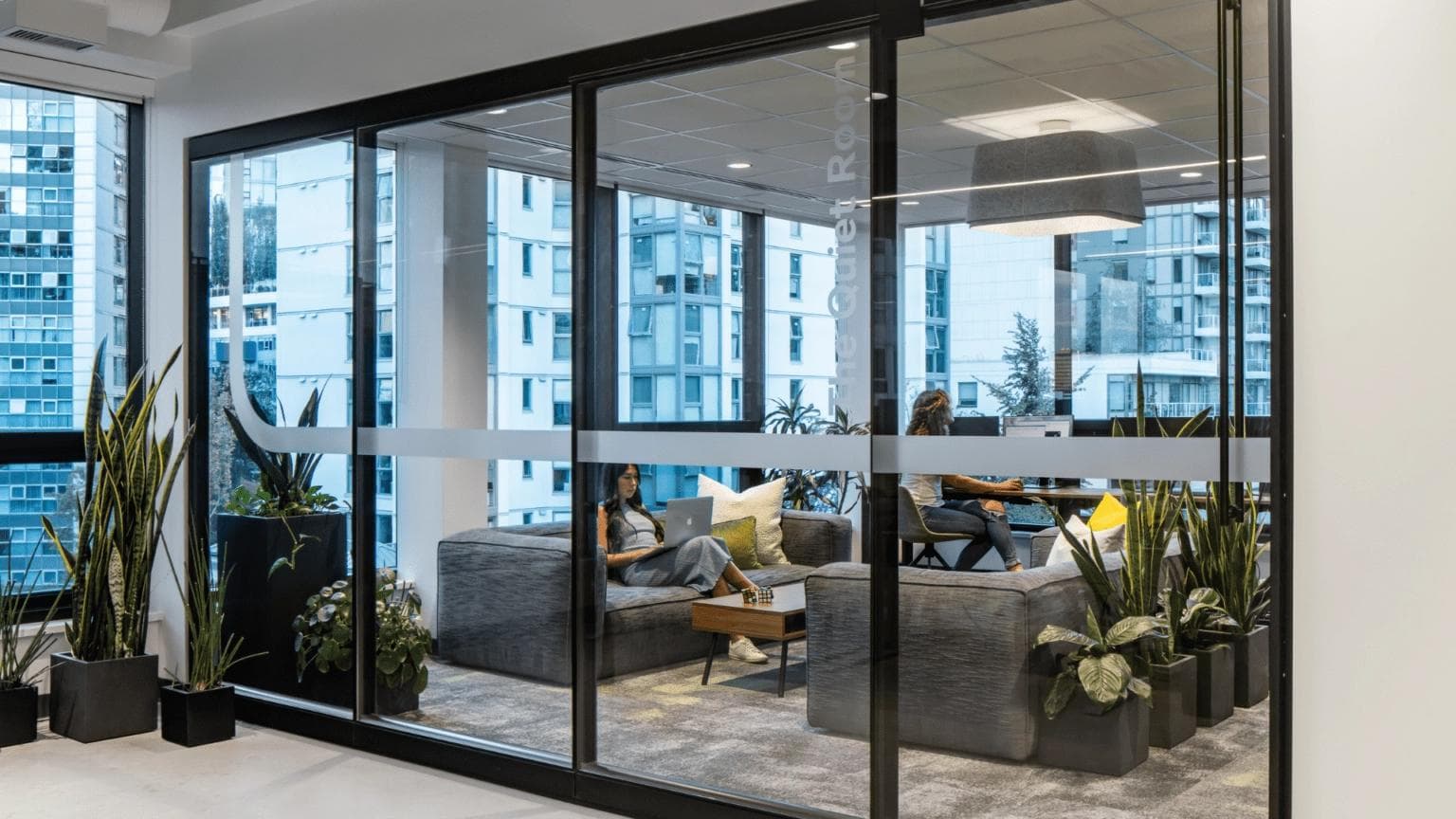Boosting Workplace Productivity with Strategic Workspace Investments
By making strategic investments in workspace design, companies can create optimized environments that support employee productivity.
Companies are constantly seeking ways to enhance efficiency and output, an often-overlooked area is the physical workspace. The environment in which employees work has a profound impact on their ability to focus, think creatively, and perform tasks efficiently. By making strategic investments in workspace design, companies can create stellar environments that look good and support cognitive function, minimize stress, and ultimately boost productivity.
The Connection Between the Environment and Productivity
There is a direct correlation between the quality of the work environment and productivity levels. A well-designed workspace can foster creativity, improve focus, and facilitate collaboration, which affects productivity. On the other hand, a poorly designed workspace can create barriers to efficient work, such as distractions, discomfort, and inefficiency.
Flexible work areas catering to different work styles—whether for individual focus or team collaboration—can create a dynamic and responsive work culture. For example, a quiet zone for deep work and a separate area for brainstorming sessions can help employees choose the environment that best suits their needs at any given time, leading to higher productivity.
Ways to Improve the Built Environment to Boost Productivity
Improving the physical workspace involves more than just aesthetics; it requires thoughtful consideration of how space is used and what features are included. Here are some strategies to boost productivity through workspace improvements:
Designated Spaces for Different Activities
Create distinct areas for concentration, communication, and relaxation. A space for focused work should be free from distractions, while areas for collaboration should encourage interaction. Break areas should provide a respite from work, helping employees recharge.
Ergonomics
Invest in ergonomic furniture and tools that promote good posture and reduce physical strain. Adjustable chairs, sit-stand desks, and properly positioned monitors can help prevent discomfort and injuries, allowing employees to work more comfortably and efficiently.
Advanced Technology
Ensure employees have access to up-to-date technology that supports their work. Technology includes hardware like computers and phones and software and systems that streamline tasks and improve communication.
Quality Lighting and Air
Good lighting, particularly natural daylight, and proper air quality are essential for a healthy work environment. Poor lighting can cause eye strain and headaches, while inadequate air circulation can lead to fatigue and decreased concentration. Investing in these areas can significantly impact employee well-being and productivity.
Storage Solutions
Sufficient and appropriate storage space helps keep the workspace organized and free from clutter, which can otherwise be a major source of distraction.
The Importance of Choice and Control for Productivity
One of the most effective ways to enhance productivity in the workspace is by giving employees a sense of choice and control over their environment. When employees can choose where and how they work, they are more likely to be engaged and productive.
Consider the concept of auditory neighbourhoods—areas within the workspace that cater to different noise preferences and work styles.
Some employees may thrive in high-energy, high-buzz zones, where the ambient noise helps them focus and stay motivated. Others may require low-distraction zones or quiet work areas to concentrate on complex tasks. By offering these different zones and allowing employees to choose where they work best, companies can create a more adaptable and productive workspace.

High-Buzz Areas
These are lively, energetic spaces filled with background noise and activity, akin to a coffee shop atmosphere. High-buzz areas are ideal for employees who thrive on movement and chatter. The hum of conversations, phones ringing, and collaboration fosters a dynamic atmosphere that encourages spontaneous idea-sharing and informal interactions. These zones are perfect for tasks that require creativity, brainstorming, or a more social working environment.

Low-Distraction Zones
Quieter than high-buzz areas but not completely silent, low-distraction zones offer a balanced environment with minimal background noise. These spaces are designed for employees who need focus but appreciate a gentle ambient hum, providing a sense of presence without overwhelming the senses. Ideal for work that requires moderate concentration, such as reading, writing, or working on detailed projects, low-distraction zones strike a balance between connection and calm.

Quiet Work Areas
Quiet work areas are designed for deep focus, offering a distraction-free environment with no background noise or interruptions. These zones are perfect for employees tackling complex tasks that require intense concentration, such as detailed analysis, problem-solving, or strategic planning. The silence helps minimize mental strain, allowing individuals to work in complete peace, free from distractions or disruptions.
Different auditory zones can be distinguished through policies that guide their use and visual cues like lighting, colours, and scents. These strategies help employees choose the right environment for their tasks while fostering a sense of ownership and control over their work experience.

Key Takeaways for a Productive Workspace
Investing in the workspace is not just about aesthetics; it’s about creating an environment that supports productivity at every level. By understanding the psychological and physical impacts of the workspace, and making strategic improvements, companies can remove barriers to effective work and create a space that enhances cognitive function, minimizes stress, and drives productivity. By providing choice and control within the workspace, companies empower their employees to work in ways that best suit their individual needs, ultimately leading to higher efficiency and better outcomes for the organization as a whole.


